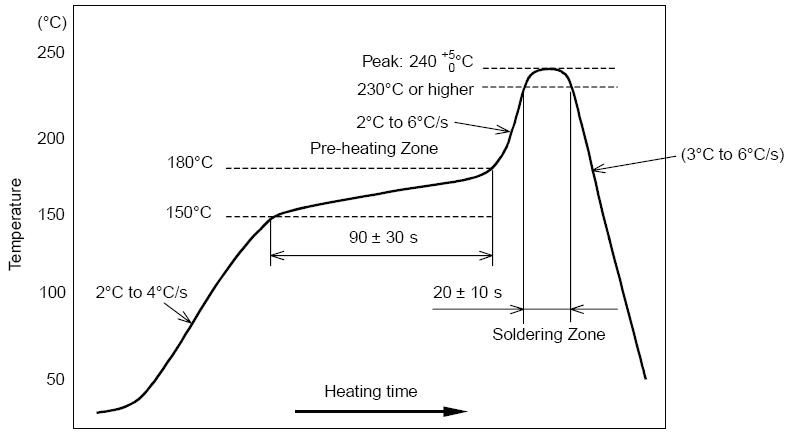SWRS205E March 2017 – May 2021 CC3120MOD
PRODUCTION DATA
- 1 Features
- 2 Applications
- 3 Description
- 4 Functional Block Diagrams
- 5 Revision History
- 6 Device Comparison
- 7 Terminal Configuration and Functions
-
8 Specifications
- 8.1 Absolute Maximum Ratings
- 8.2 ESD Ratings
- 8.3 Recommended Operating Conditions
- 8.4 Current Consumption Summary
- 8.5 TX Power and IBAT versus TX Power Level Settings
- 8.6 Brownout and Blackout Conditions
- 8.7 Electrical Characteristics
- 8.8 WLAN Receiver Characteristics
- 8.9 WLAN Transmitter Characteristics
- 8.10 Reset Requirement
- 8.11 Thermal Resistance Characteristics for MOB Package
- 8.12 Timing and Switching Characteristics
- 8.13 External Interfaces
- 9 Detailed Description
- 10Applications, Implementation, and Layout
- 11Environmental Requirements and Specifications
- 12Device and Documentation Support
- 13Mechanical, Packaging, and Orderable Information
Refer to the PDF data sheet for device specific package drawings
Mechanical Data (Package|Pins)
- MOB|63
Thermal pad, mechanical data (Package|Pins)
11.5 Soldering and Reflow Condition
- Heating method: Conventional convection or IR convection
- Temperature measurement: Thermocouple d = 0.1 mm to 0.2 mm CA (K) or CC (T) at soldering portion or equivalent method
- Solder paste composition: Sn/3.0 Ag/0.5 Cu
- Allowable reflow soldering times:
2 times based on the reflow soldering profile
(see Figure 11-1) - Temperature profile: Reflow
soldering will be done according to the temperature profile (see
Figure 11-1) - Peak temp: 245°C
 Figure 11-1 Temperature Profile for Evaluation of Solder Heat Resistance of a Component (at
Solder Joint)
Figure 11-1 Temperature Profile for Evaluation of Solder Heat Resistance of a Component (at
Solder Joint)Note:
TI does not recommend the use of conformal coating or similar material on the SimpleLink module. This coating can lead to localized stress on the WCSP solder connections inside the module and impact the device reliability. Use caution during the module assembly process to the final PCB to avoid the presence of foreign material inside the module.